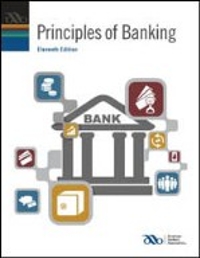Question
QUESTION ONE The balance sheet of Grand Limited, a wholesaler, at 31 December 1995 and 1996 were as follows: Tangible fixed assets Cost of valuation
QUESTION ONE
The balance sheet of Grand Limited, a wholesaler, at 31 December 1995 and 1996 were as follows:
|
Tangible fixed assets Cost of valuation Aggregate depreciation
Current assets Stock Debtors Cash
Current liabilities Trade creditors Corporation tax Proposed dividend
Net current assets
Loans (due for repayment 1999)
Called up share capital Share premium Revaluation reserve Profit and loss account
| 31 December |
| ||
| 1995 | 1996 |
| ||
| 000 126,300 (50,000)
12,000 10,500 1,400 23,900
6,800 3,400 4,000 14,200
| 000
76,300
9,700 86,000
(60,000) 26,000 6,000 1,000 - 19,000 26,000
| 000 162,400 (64,000)
15,000 14,000 2,000 31,000
9,400 5,000 6,000 20,400
| 000
98,400
10,600 109,000
(60,000) 49,000 10,000 3,000 8,000 28,000 49,000
| |
The stock at 31 December 1994 was 10,000,000.
The summarized profit and loss accounts for the company for the years ended 31 December 1995 and 1996 were:
|
Sales Cost of sales Gross profit Expenses Net profit before tax |
Year ended 31 December | |
| 1995 000 64,000 40,000 24,000 10,000 14,000
| 1996 000 108,000 75,600 32,400 12,400 20,000 | |
Required:
- Calculate the following accounting ratios for both years:
- The gross profit percentage
- The current ratio and the quick ratio (or acid test)
- Debtors collection period in days
- Trade creditors payment period in days (based on purchases figures which are to be calculated)
- Gearing ratio.
- Show you full workings. (10 marks)
- Explain what you can deduce from the ratios as at 31 December 1996 and from comparing them with those for 1995. (5 marks)
- State two points which could cause the movement in the gross profit percentages between the two years and explain how they could bring the change about. (2 marks)
- State the extent to which you agree or disagree with the following and give brief reasons for your answers.
- The current ratio and the quick ratio help to assess whether a company is able to meet its debts as they fall due. Therefore the higher these ratios are the better placed the company is.
- A high gearing ratio is advantageous to shareholders, because they benefit from the income produced by investing the money borrowed. (3 marks)
(20 marks)
Step by Step Solution
There are 3 Steps involved in it
Step: 1

Get Instant Access to Expert-Tailored Solutions
See step-by-step solutions with expert insights and AI powered tools for academic success
Step: 2

Step: 3

Ace Your Homework with AI
Get the answers you need in no time with our AI-driven, step-by-step assistance
Get Started


